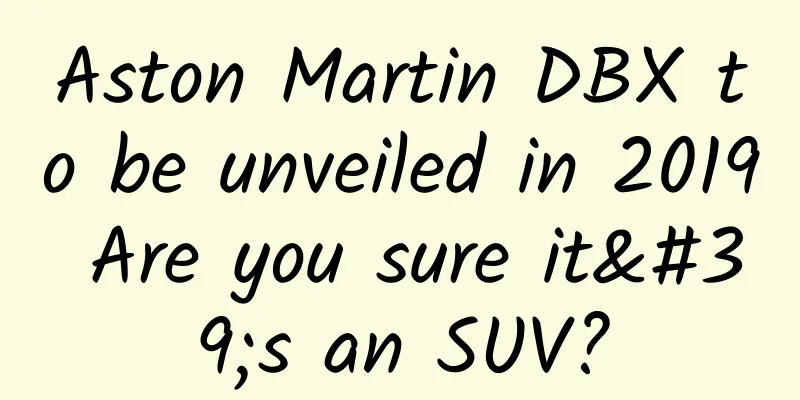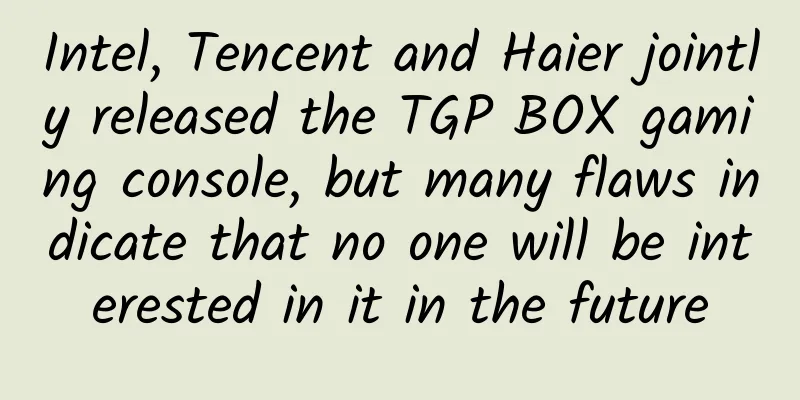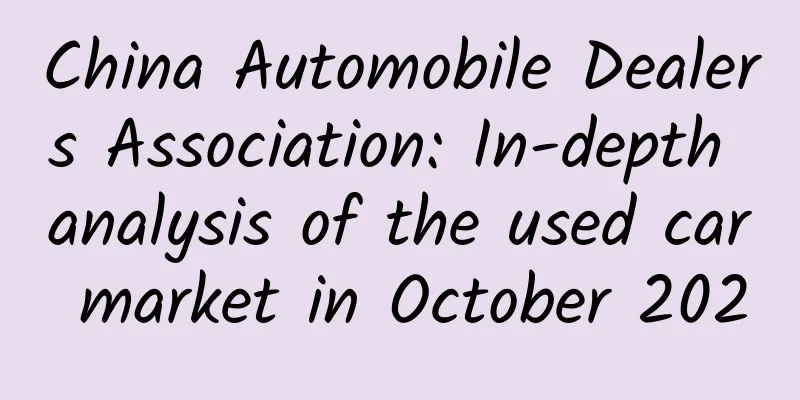Which is better, pure electric or fuel cell? Is China's new energy vehicle development path wrong?

|
Last month, Premier Li Keqiang visited Toyota's hydrogen fuel cell vehicle in Japan, which triggered heated discussions in China about hydrogen fuel cell vehicles and new energy vehicle technology routes. Although China's current new energy vehicles are developing in parallel with various technical paths such as pure electric, hybrid, fuel cell, methanol, etc., pure electric is the main direction. Toyota, Honda, Hyundai and other Japanese and Korean companies have a special liking for fuel cell technology and have been very attentive to the research of hydrogen fuel cell vehicles. Recently, Hyundai's latest model NEXO has a range of 800km and is more environmentally friendly than pure electric vehicles. However, the range of domestic electric vehicles is still around 400~500km. This makes people wonder: China has been focusing on the pure electric vehicle technology path, but has it chosen the wrong technology tree? Hyundai Motor's Next-Generation Fuel Cell Vehicle NEXO At present, China is more suitable for developing pure electric With the development plans of new energy vehicles proposed by various countries, new energy vehicles have become a recognized development trend in the automotive industry. In addition to the purpose of environmental protection and industrial upgrading, energy security is also an important reason for countries to develop new energy vehicles, which is particularly important for China, Japan and South Korea. The use of fuel vehicles consumes a lot of oil every year, and China, Japan and South Korea are all short of oil resources. For China, Japan and South Korea, the development of the new energy vehicle industry can reduce their dependence on oil resources, which is related to national energy security. The Fukushima nuclear leak in the past few years has made Japan afraid to rely too much on nuclear power. When developing new energy vehicles, Japan hopes to open up more technical paths besides pure electric. Hydrogen fuel cell vehicles, which have many advantages, have become an important development direction for Japan's new energy vehicles. Although China lacks oil resources, it is rich in coal resources. In addition, China also has relatively abundant hydropower and wind power resources, and its electricity source is not as tight as that of Japan and South Korea. The development of pure electric vehicles can reduce China's dependence on energy imports and ensure national energy security. The difficulty of infrastructure construction is an issue that must be considered in the development of new energy vehicles. Although hydrogen fuel cells can be refueled more quickly, the construction cost of hydrogen refueling stations is much higher than that of charging stations. Electric vehicles can be charged at home, but the number of hydrogen refueling stations is pitifully small, which makes fuel cell vehicles far less popular than electric vehicles. Pure electric is undoubtedly a better choice for countries with large land areas. Most manufacturers in China, the United States and Europe (Europe has convenient internal transportation and frequent personnel flow, which can be regarded as a whole) take the pure electric route. For countries with relatively narrow land areas such as Japan and South Korea, most of the land is densely populated and the economy is developed. The utilization efficiency of hydrogen filling stations is high, and the high construction cost is easier to spread. China already has certain advantages in terms of pure electric technology reserves and market size. China, which hopes to overtake others in the new round of automotive industry reform, will naturally not play to its weaknesses and avoid its strengths. Hydrogen fuel cell vehicles also have a future in China Although hydrogen fuel cell vehicles are not as mature as pure electric vehicles at present, their various advantages are enough to allow them to compete with pure electric vehicles in the future. Hydrogen fuel cell vehicles are known for their zero emissions, but this does not mean that the promotion of hydrogen fuel cell vehicles is pollution-free. Currently, the production of hydrogen requires the consumption of fossil energy. Although hydrogen is pollution-free when used, pollution in the production process cannot be avoided at present. Only by using clean energy to produce hydrogen can it be truly pollution-free, such as wind energy, solar energy, etc. China has a vast territory and abundant reserves of wind and solar energy. Currently, a big problem with wind power and photovoltaic power is unstable power supply and low access to the grid. However, these energies that cannot be integrated into the national grid can be used to produce hydrogen. Hydrogen can be stored and transmitted permanently. From the perspective of hydrogen energy production, hydrogen fuel cell vehicles have a very bright future in China. Due to the late development, China's hydrogen fuel cell vehicle technology is still far behind that of foreign countries, especially in the field of passenger cars. Although China is mainly promoting pure electric vehicles, it has not stopped its efforts in hydrogen fuel cell vehicles. In terms of commercial vehicles, China has made great progress. In May this year, 49 Foton Auman hydrogen fuel cell buses were delivered, which is the world's largest order for hydrogen fuel cell city buses to date. Passenger cars have higher requirements for the volume of fuel cell stacks. Compared with passenger cars, commercial vehicles are less affected by the volume of fuel cells. At present, China's hydrogen fuel cell vehicles are mainly used in commercial vehicles with fixed routes, such as urban buses and tourist attractions. Compared with pure electric vehicles, hydrogen fuel cell vehicles have shorter energy replenishment time, higher energy density, and longer driving range; and fuel cells themselves are pollution-free, unlike pure electric vehicle batteries that have heavy metal pollution problems. Due to these advantages, hydrogen fuel cell vehicles are regarded as a more ultimate technical path than pure electric vehicles in the international community. According to the International Energy Agency, hydrogen-powered vehicles will account for 17.5% of the world's vehicles in 2025. According to McKinsey's 2050 Hydrogen Society, the hydrogen energy market capacity will reach 2.5 trillion US dollars in the future. China, which is committed to industrial upgrading, will naturally not give up such a large market. According to the Chinese government's plan, by 2020, the number of fuel cell vehicles in my country will reach 5,000 to 10,000, and the number of hydrogen refueling stations will exceed 100. By 2030, the number of fuel cell vehicles will reach 1 million, and the number of hydrogen refueling stations will exceed 1,000. China's subsidy policy for hydrogen fuel cell vehicles has been further improved this year, and the current subsidy is higher than that of Japan and the United States. At present, hydrogen fuel cells are regarded as another hot spot after electric vehicles in China, and many car companies and capital are following suit. The main problem facing hydrogen fuel cell vehicles at present is the high cost. The high cost of fuel cells and hydrogen filling stations limits the promotion of hydrogen fuel cell vehicles. In addition, the service life of fuel cells is still very limited, and the construction of the entire industrial chain needs to be improved. However, with the advancement of technology, these problems can be gradually solved. For example, the amount of platinum catalyst required for fuel cells has dropped from 1 gram per kilowatt to less than 0.2 grams, which has greatly reduced the cost of fuel cells. Hydrogen fuel cell vehicles and pure electric vehicles are not mutually exclusive. With the advancement of technology and the reduction of costs, both will be gradually promoted. Judging from the current technology, hydrogen fuel cell vehicles have greater development space in the commercial vehicle field, while pure electric vehicles have strong advantages in the passenger vehicle field. In the long run, a situation where the two coexist will gradually take shape. China is focusing on pure electric technology while also increasing its investment in fuel cells. Emphasizing current needs while not giving up on future plans is a more stable development path for China. As a winner of Toutiao's Qingyun Plan and Baijiahao's Bai+ Plan, the 2019 Baidu Digital Author of the Year, the Baijiahao's Most Popular Author in the Technology Field, the 2019 Sogou Technology and Culture Author, and the 2021 Baijiahao Quarterly Influential Creator, he has won many awards, including the 2013 Sohu Best Industry Media Person, the 2015 China New Media Entrepreneurship Competition Beijing Third Place, the 2015 Guangmang Experience Award, the 2015 China New Media Entrepreneurship Competition Finals Third Place, and the 2018 Baidu Dynamic Annual Powerful Celebrity. |
<<: Is bike-sharing out of control? The prisoner's dilemma under the hot topic of the whole nation
Recommend
The title of the earliest "Zhejiang Man" has changed? A stone tool reveals the "survival revelation" of millions of years ago
When talking about the earliest human life in Zhe...
How much does a mini program server cost per year? Do I need to purchase a server to develop a mini program?
Nowadays, the number of registered users of WeCha...
Xiaohongshu promotion and operation content strategy!
I have to say that the speed of development of th...
Let’s talk about how to recommend and promote good products on Zhihu in 2021!
This article mainly explains the Red Ocean strate...
5G mobile phone sales account for more than 70%, but few people use 5G mobile phones. What is the problem?
Up to now, almost no manufacturers have launched ...
Care for the mental health of teenagers! If someone paid more attention, the outcome might be different...
On February 2, a press conference on the Hu Xinyu...
Can human tissues or organs completely regenerate, thus achieving immortality?
Produced by: Science Popularization China Author:...
He keeps telling jokes, but they're not funny: This disease turns him into a real clown
We may have heard of alcohol addiction, food and ...
I had an Apple Watch when I was 20 years old.
Whatever it is, it’s an Apple Watch. Back to 1995...
How to activate the massive Qianchuan delivery on Douyin?
On April 9, Douyin's Juliang Qianchuan was of...
Spring Festival holiday arrangements for 12 app stores
360 Mobile Assistant Application & Game Revie...
CADR: In-depth analysis of the national used car market in January 2024
In January 2024, the national second-hand car mar...
iQIYI and Changhong jointly launch a new TV species, LeTV Cast builds new Internet infrastructure
As home appliances continue to become smarter, sm...
After Yu Yongfu became the "parent", Amap became a "personal youth"
March 13 (Reporter Zhang Zhichang) Today, when Yu...
Zhou Bangqin English Thinking Training Camp
Zhou Bangqin's English Thinking Training Camp...









![Liu Kunkun's 2021 Zero-Based Commercial Illustration Course, Phase 3 [HD]](/upload/images/67cc1fa5ce9ce.webp)